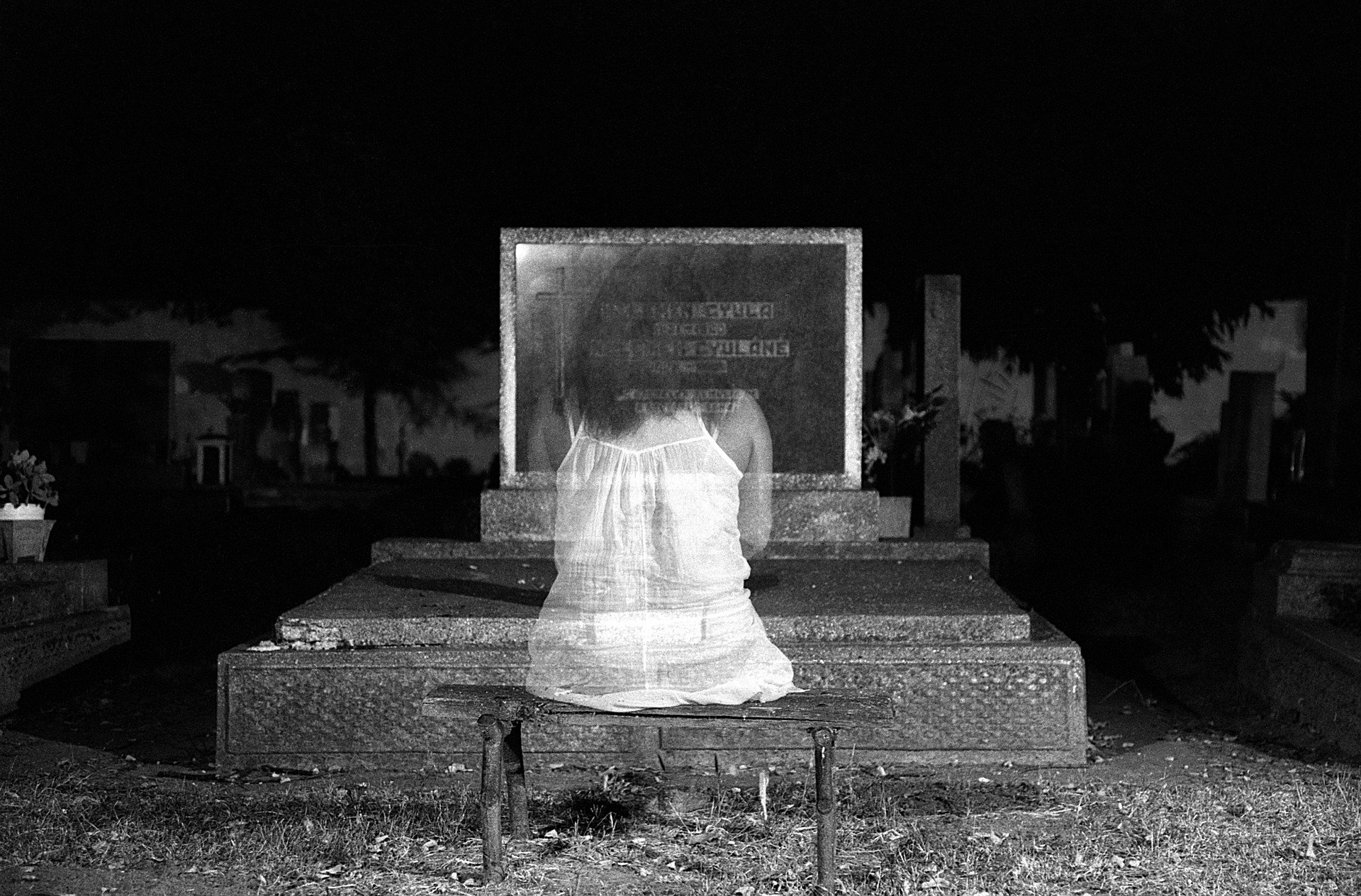From my very first day at high school, ghost stories were part of the spooky lore surrounding the place. They were just fun gossip until one night, during a fundraiser, I had an experience that made me a believer.
A friend and I snuck up to the choir loft, only to hear the organ playing from behind the locked door. When we went downstairs to see who was there, we saw a figure with flowing grey-white hair sitting at the organ. We bolted to get help, but when others checked, no one was there, and the chapel was silent. Ghost stories like these give us chills because they’re universal, feeding our fascination with the unknown and keeping us on the edge of our seats.
What is a Ghost Story?
A ghost story is a tale that features supernatural elements, often focusing on spirits or hauntings, to create a sense of mystery, fear, or suspense.
These stories revolve around encounters with ghosts or the unexplained, set in eerie, atmospheric locations that heighten the tension. Ghost stories can range from horror to mystery and are often designed to explore themes of the unknown, death, or unresolved emotions from the past. Their goal is to intrigue, unsettle, or even scare readers, making them question what lies beyond the natural world.
Elements of a Ghost Story
-
Atmosphere and Setting
- A spooky, eerie setting—like an old house, school, or forest—creates the perfect backdrop and sets the mood for supernatural events.
-
Mystery and Suspense
- Building a sense of mystery and suspense keeps readers intrigued, slowly revealing the story’s secrets and keeping the ghostly presence just out of reach.
-
A Haunting or Supernatural Entity
- A ghost or unexplained force at the center of the story adds an unsettling and thrilling supernatural element.
-
Relatable Characters
- Characters who feel realistic and react believably to the strange events make the story more engaging and heighten the fear factor.
-
Backstory and Unfinished Business
- A good ghost story often hints at a past tragedy or unresolved issue that explains the ghost’s presence and motives.
-
Tension and Fear of the Unknown
- The fear of what isn’t seen or fully understood keeps readers on edge, letting their imagination fill in the blanks.
-
A Satisfying Resolution or Twist
- Ending with a twist or a reveal that ties up loose ends adds a powerful final impact, often leaving readers with lingering chills.
How to Detect a Good Ghost Story?

The most effective ghost stories have elements that have a way of playing at our fears. They remind us of a paranormal world that might coexist right alongside our own.
They make us wonder about the lives and events of times long-since passed. While ghosts can be used in less serious ways and genres or to teach lessons (think: Dickens’ ghosts of Christmas Eve), I’m referring here specifically to ghost stories meant to be suspenseful or frighten. So what are some of these elements of an effective ghost story?
A Protagonist in Crisis
Ever notice how ghosts seem to most often affect the protagonists going through a deep-seeded emotional issue?
Maybe it’s a lonely child. Or a mother suffering a divorce or a loss.
Or a widower haunted by thoughts of lost love. Either way, the psychological crisis of the protagonist helps plant seeds of doubt in the reader about the character’s sanity or the reality of the paranormal experience.
A Well-developed Ghost Backstory
If you’re going to include a ghost in your story, take the time to develop them as a character just as well as you would any other character in your novel. You may not have time to relay all that backstory in the text, but it will help make the ghost seem more real.
Ghostly Realms Set in Reality
In the best ghost stories, the ghosts are grounded in the mundane bits of everyday life. Ever watch Ghost Hunters? They’ll talk about the same door opening and closing. The same rocking chair eerily swaying. The same wooden plank creaking. The most chilling ghost stories lift these details of a past life on repeat and make them come alive.
The Unexplained Left Unexplained
Don’t feel the need to explain everything about the paranormal realm you create. After all—we don’t know everything about the paranormal, its realness, and what it all means. A good ghost story will leave things open to interpretation and tease out possibilities that may be beyond comprehension.
At the end of the day, a good ghost story will leave the reader unsettled, chilled, but exhilarated.
In Short
Writing a good ghost story isn’t easy—it takes just the right mix of atmosphere, suspense, and mystery to really unsettle readers. But with the right approach, anyone can craft a chilling tale! By following the main rules, like creating an eerie setting, building tension, developing relatable characters, and hinting at a haunting backstory, you can bring supernatural elements to life. While it’s challenging, focusing on these elements can turn your ghost story into an unforgettable read that keeps readers on the edge of their seats.




